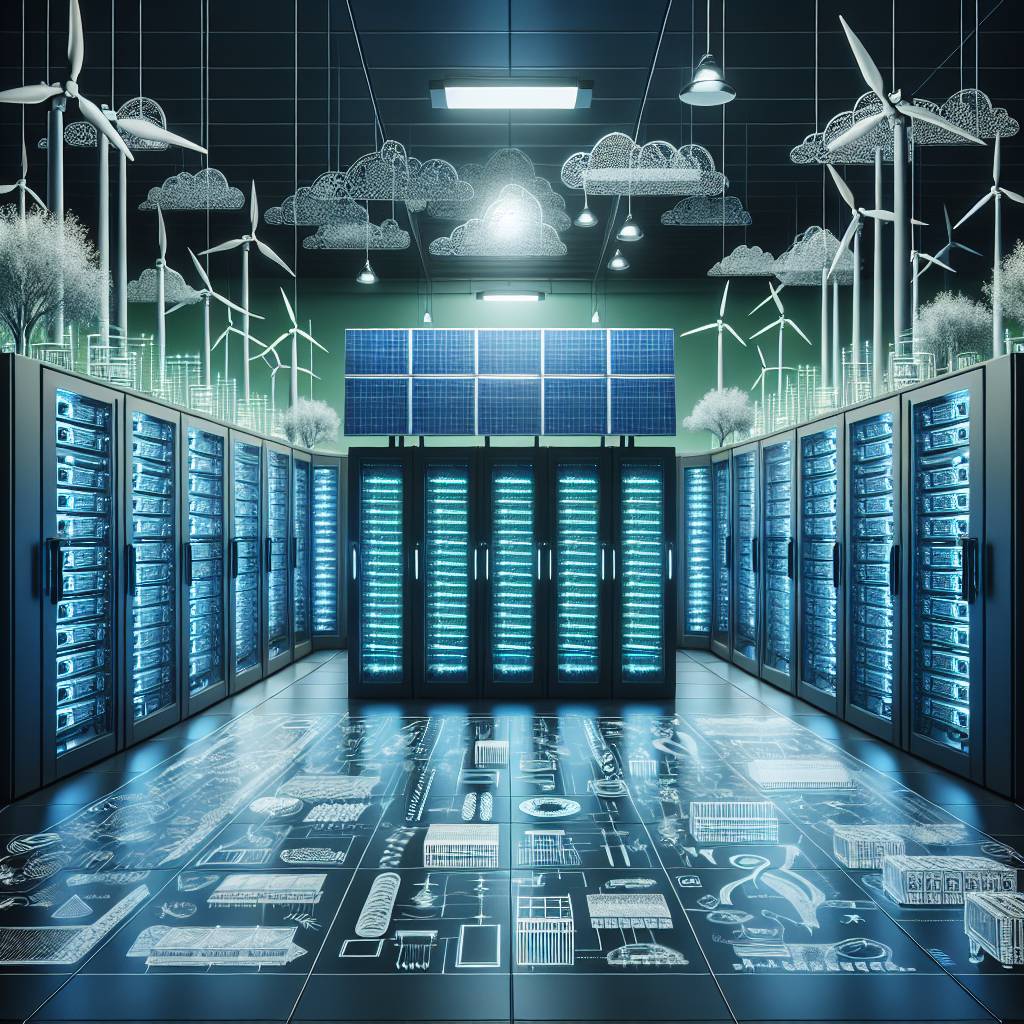Fix today. Protect forever.
Secure your devices with the #1 malware removal and protection software
In today’s digital age, data centers play a crucial role in storing and processing vast amounts of information. However, as the demand for data storage continues to grow, so does the environmental impact of data centers. In fact, data centers are known to be one of the largest consumers of energy in the world, accounting for a significant portion of global carbon emissions.
To combat this issue and work towards a more sustainable future, many organizations are now focusing on building greener data centers that are more energy-efficient. By implementing best practices and utilizing innovative technologies, companies can reduce their carbon footprint while also cutting costs and improving overall performance.
Here are some tips and best practices for building a greener data center:
1. Optimize cooling systems: Cooling is one of the biggest energy consumers in a data center. By using advanced cooling technologies such as hot and cold aisle containment, in-row cooling, and free cooling, organizations can significantly reduce their energy consumption and improve efficiency.
2. Virtualization: Virtualization allows multiple virtual servers to run on a single physical server, reducing the number of physical servers needed and lowering energy consumption. This can lead to substantial cost savings and improved efficiency.
3. Energy-efficient hardware: Investing in energy-efficient servers, storage devices, and networking equipment can help reduce energy consumption and improve overall performance. Look for products that are ENERGY STAR certified or have high efficiency ratings.
4. Renewable energy sources: Consider utilizing renewable energy sources such as solar, wind, or hydro power to power your data center. This can help reduce reliance on fossil fuels and lower carbon emissions.
5. Energy management software: Implementing energy management software can help monitor and control energy usage in real-time, allowing organizations to identify areas of inefficiency and make adjustments accordingly.
6. Data center design: When designing a new data center, consider factors such as location, layout, and building materials to maximize energy efficiency. Utilize natural lighting, energy-efficient windows, and proper insulation to reduce energy consumption.
7. Regular maintenance: Regular maintenance and monitoring of equipment can help ensure optimal performance and energy efficiency. Replace outdated equipment, clean filters, and conduct energy audits to identify areas for improvement.
By implementing these tips and best practices, organizations can build greener data centers that are more energy-efficient, cost-effective, and environmentally friendly. Building a sustainable data center not only benefits the environment but also boosts the reputation of the organization as a responsible and forward-thinking entity. Let’s work together to build a greener future for data centers and reduce our impact on the planet.
Fix today. Protect forever.
Secure your devices with the #1 malware removal and protection software

Leave a Reply
You must be logged in to post a comment.